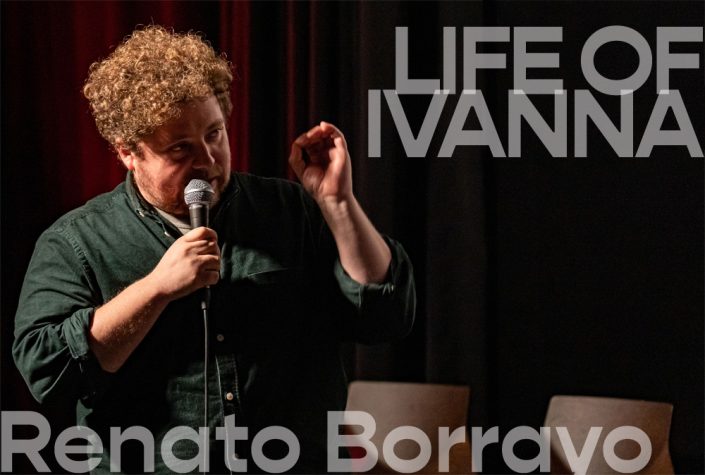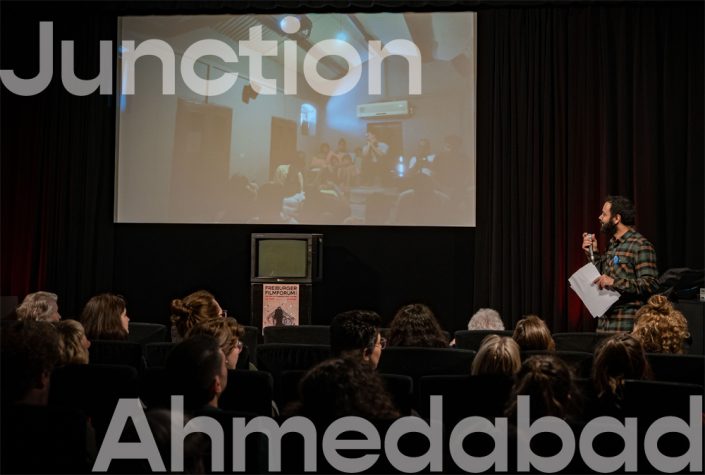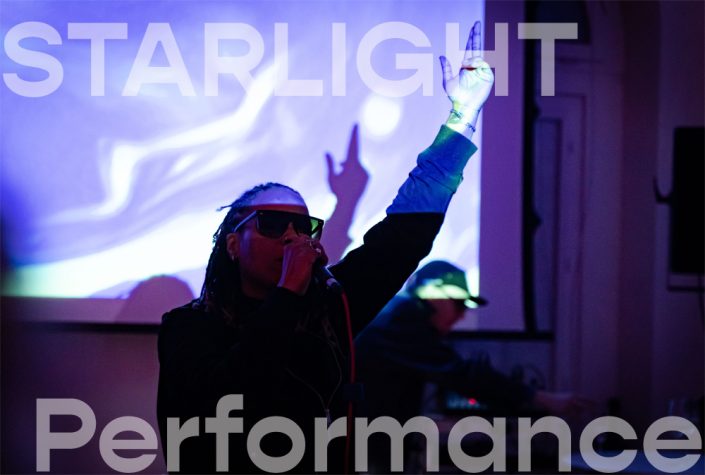Tolyatti is the Russian Detroit. Tolyatti used to be considered the center of the Soviet automotive industry, with full employment for all and modest prosperity. But today, the almost-metropolis lags behind the former glory of AwtoWAS, the Volga Automobile Plant, and is the city with the highest youth unemployment in Russia. Slava, Misha and Lera keep their heads above water with bad jobs. Misha has done an internship in Western Europe and would also have the prospect of a good job in Russia - but not in Tolyatti. Lera is also thinking of leaving her hometown. Finally, Slava auditions a lot, but hardly finds work. Moreover, he is to be drafted into the army. But he is too short of money to pay the bribe for exemption from military service. So the young people look for another daring pastime. With tuned old Ladas - what else? - in winter, they drive across the frozen Volga River, which is particularly wide in Tolyatti. Youthful daring defies ice and police checks, and an escapist verve beats reality for a moment. (Kira Taszman)
Laura Sisteró, born in Barcelona in 1986. In 2012 she obtained a bachelor’s degree in film at the ESCAC school in Barcelona, specializing in documentary direction. She currently combines her work as a photographer, advertising and television director, with more personal fiction and documentary film projects. TOLYATTI ADRIFT is her first feature-length documentary and gained a.o. an award at Krakow Film Festival as Best Film on Social Issues.









